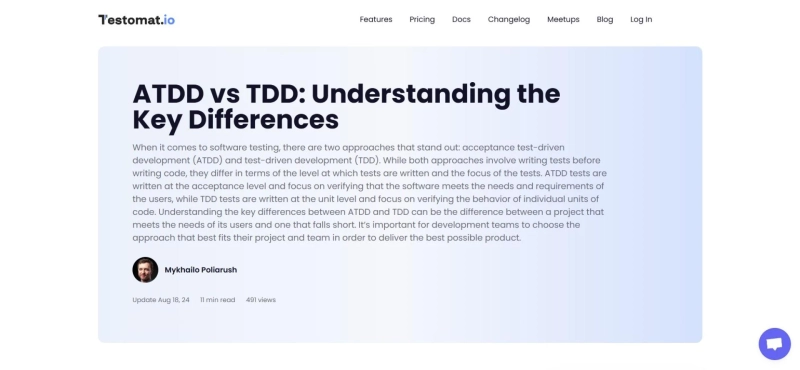Smoke testing is an essential part of the software development lifecycle that ensures the basic functionality of a new build or release before it undergoes more rigorous testing. It acts as a preliminary check to detect major failures or critical issues that could prevent further testing or deployment. Understanding smoke testing and its application is crucial for developers, testers, and project managers who want to maintain high-quality software and avoid wasting resources on unstable builds.
Smoke testing gets its name from hardware testing, where a device is powered on, and if it doesn’t catch fire or emit smoke, it passes the initial check. In software development, the concept is similar. A build passes smoke testing if its core functions work correctly, enabling the testing team to proceed with more detailed testing processes. Smoke testing focuses on verifying critical paths such as installation, launch, login, basic input, and essential workflows.
The primary purpose of smoke testing is to act as a gatekeeper for software builds. It helps teams catch major problems early, reducing the risk of spending time on testing a fundamentally broken build. Because it covers only the most important features, smoke testing is quick to execute, often automated, and runs frequently—usually after every new build is deployed in a testing environment.
Smoke testing is typically done right after a build is deployed but before any detailed functional, regression, or integration testing begins. It provides a high-level assurance that the software is stable enough to proceed with the next phases of testing. This approach ensures that testers do not waste time on builds with critical failures and that developers receive immediate feedback on the build’s health.
Examples of smoke testing include:
- Verifying that the application launches without crashing
- Checking that users can log in successfully with valid credentials
- Ensuring basic navigation between key screens works as expected
- Testing that critical buttons and links respond properly
- Confirming that the application connects to the database and retrieves data
Smoke testing can be manual or automated. Automated smoke tests are increasingly common because they run quickly and consistently every time a new build is available. Manual smoke testing is still used when the application is new or when test automation is not yet implemented.
The benefits of smoke testing are numerous. It improves overall software quality by detecting show-stopper issues early. It speeds up the testing process by filtering out broken builds. It enhances communication between development and testing teams by providing quick feedback on build status. Smoke testing also reduces the risk of delivering poor-quality software to production by catching critical failures before deeper testing or deployment.
Effective smoke testing requires careful planning to select the right tests that cover the most important functions without overloading the process. Test cases for smoke testing should be stable, reliable, and easy to execute. They should be updated regularly as the application evolves to ensure ongoing effectiveness.
While smoke testing does not replace detailed functional testing, it complements it by providing a fast health check. Other types of testing such as sanity testing, regression testing, and acceptance testing each serve different purposes, but smoke testing is the first and fastest line of defense against major defects in new builds.
To implement smoke testing successfully, organizations often integrate it into their continuous integration and continuous deployment (CI/CD) pipelines. This integration allows smoke tests to run automatically on every new build, providing immediate results to the development team and allowing quick decision-making on whether the build is ready for further testing.
If you want to learn more about smoke testing, see practical examples, and understand when and how it should be done, visit the site for a comprehensive guide on smoke testing. You can find detailed explanations and useful resources about smoke testing by following this link: smoke testing
Smoke testing remains a cornerstone of quality assurance that helps teams maintain agility and confidence in their software delivery processes. Mastering smoke testing ensures smoother releases, better collaboration, and ultimately, more reliable software products. For anyone involved in software development or testing, gaining a solid understanding of smoke testing is a valuable investment.
Explore further and deepen your knowledge of smoke testing at this detailed resource: smoke testing


